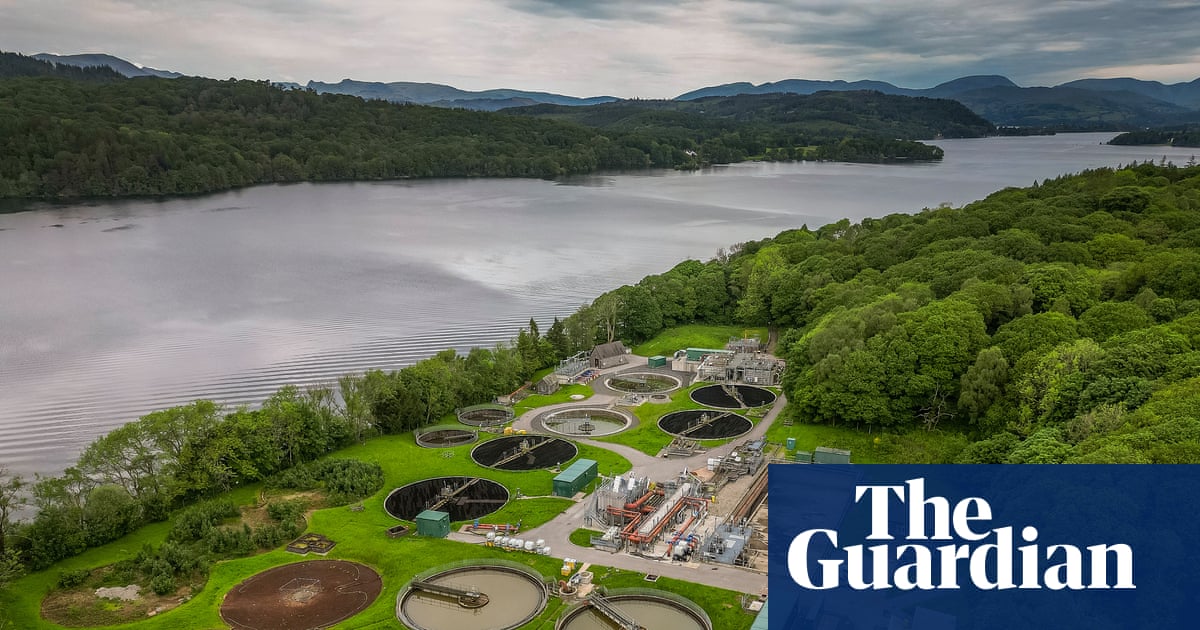
"High levels of bacteria found in human faeces Escherichia coli (E coli) and intestinal enterococci (IE) indicating sewage pollution, were found to be highest in the summer months, when Windermere is used heavily by holidaymakers for swimming and watersports."
"The results come from the largest survey of water quality across the lake, which involved 350 citizen scientists taking more than 1,000 samples over two and a half years in the Big Windermere Survey."
"High levels of phosphorus were also found in sampling, with the north and south areas of the lake meeting standards for moderate rather than good."
"Under the water framework directive, which governs the monitoring of UK waters, the government is signed up to a target to achieve at least good ecological status in all water bodies by 2027 including for phosphorus concentrations."
Bathing water quality in Windermere is compromised, with significant sewage pollution indicated by high concentrations of bacteria, particularly in the summer months. This analysis stems from over 1,000 water samples taken by 350 citizen scientists in the Big Windermere Survey. Popular tourist areas show consistent pollution levels, while phosphorus concentrations indicate that the lake's health is below acceptable standards. The government aims for good ecological status in all water bodies by 2027, highlighting ongoing environmental challenges, as only 14% of English rivers and lakes meet good ecological standards.
Read at www.theguardian.com
Unable to calculate read time
Collection
[
|
...
]